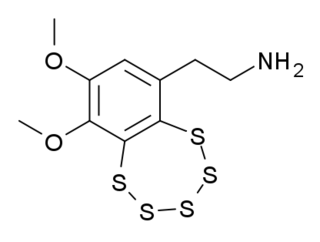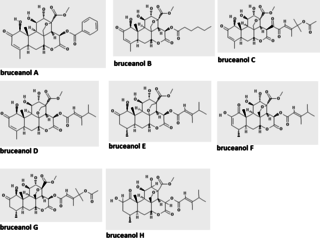| Rhabdastrella globostellata | |
|---|---|
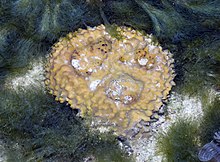 | |
| Scientific classification | |
| Kingdom: | Animalia |
| Phylum: | Porifera |
| Class: | Demospongiae |
| Order: | Tetractinellida |
| Family: | Ancorinidae |
| Genus: | Rhabdastrella |
| Species: | R. globostellata |
| Binomial name | |
| Rhabdastrella globostellata | |
| Synonyms | |
| |
Rhabdastrella globostellata, also known as the yellow pot sponge, is a marine sponge of the order Astrophorida. It is native to many regions of the Indian Ocean including the shores of Madagascar, the Seychelles, and Australia [2] as well as the Malayan Peninsula and Singapore. [3] It was first described by Henry J. Carter as Stelleta globostellata in 1883, named after the globostellate shape of its spicules (Latin globus meaning "sphere" and stellātus meaning "star-shaped"). [1]

Sponges, the members of the phylum Porifera, are a basal Metazoa (animal) clade as a sister of the Diploblasts. They are multicellular organisms that have bodies full of pores and channels allowing water to circulate through them, consisting of jelly-like mesohyl sandwiched between two thin layers of cells. The branch of zoology that studies sponges is known as spongiology.

Astrophorida is an order of sea sponges under the class Demospongiae.
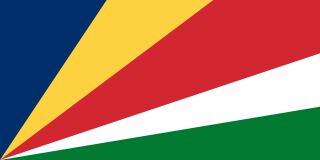
Seychelles, officially the Republic of Seychelles, is an archipelago country in the Indian Ocean. The capital of the 115-island country, Victoria, lies 1,500 kilometres (932 mi) east of mainland East Africa. Other nearby island countries and territories include Comoros, Mayotte, Madagascar, Réunion and Mauritius to the south; as well as the Maldives and Chagos Archipelago to the east. With a population of roughly 94,228, it has the smallest population of any sovereign African country.
R. globostellata has been shown to produce a wide variety of isomalabaricanes, a type of triterpene molecules with notable cytotoxic activity towards certain cancer cell lines. [4] [5]

Triterpenes are a class of chemical compounds composed of three terpene units with the molecular formula C30H48; they may also be thought of as consisting of six isoprene units. Animals, plants and fungi all produce triterpenes, including squalene, the precursor to all steroids.
Cytotoxicity is the quality of being toxic to cells. Examples of toxic agents are an immune cell or some types of venom, e.g. from the puff adder or brown recluse spider.
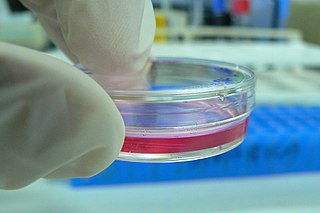
Cell culture is the process by which cells are grown under controlled conditions, generally outside their natural environment. After the cells of interest have been isolated from living tissue, they can subsequently be maintained under carefully controlled conditions. These conditions vary for each cell type, but generally consist of a suitable vessel with a substrate or medium that supplies the essential nutrients (amino acids, carbohydrates, vitamins, minerals), growth factors, hormones, and gases (CO2, O2), and regulates the physio-chemical environment (pH buffer, osmotic pressure, temperature). Most cells require a surface or an artificial substrate (adherent or monolayer culture) whereas others can be grown free floating in culture medium (suspension culture). The lifespan of most cells is genetically determined, but some cell culturing cells have been “transformed” into immortal cells which will reproduce indefinitely if the optimal conditions are provided.




